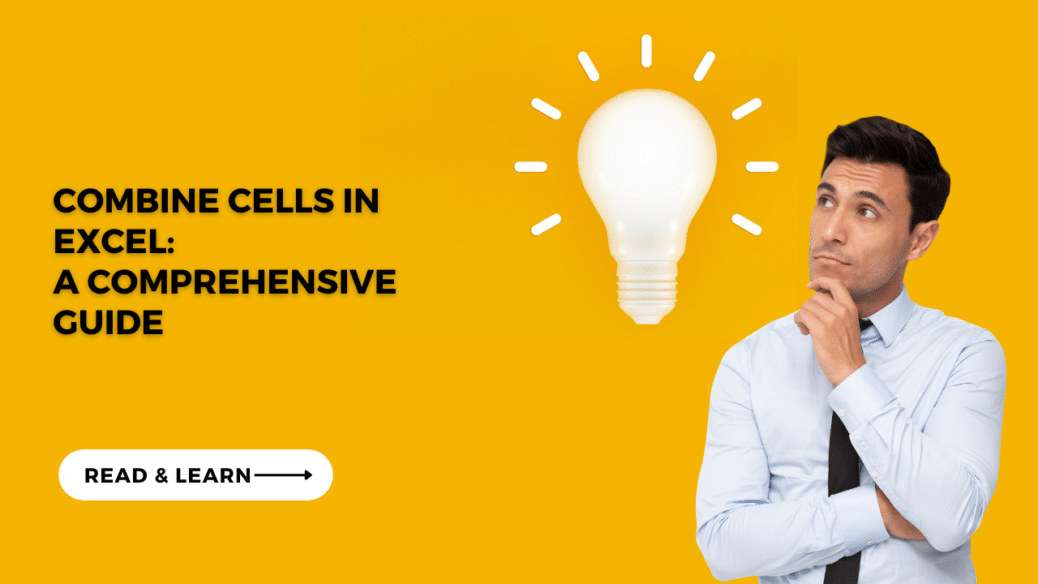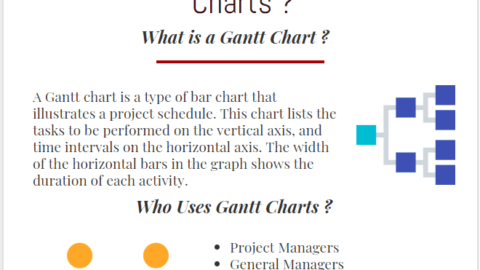Combine Cells in Excel: A Comprehensive Guide
Microsoft Excel is one of the most commonly used software applications for organizing, analyzing, and manipulating data. One of the many tasks you may encounter when working with Excel is combining cells. This task may seem simple at first, but it can become quite complex depending on the data you are working with. In this article, we will provide you with a comprehensive guide on how to combine cells in Excel.
Table of Contents
What Does It Mean to Combine Cells in Excel?
Combining cells in Excel refers to the process of merging two or more adjacent cells into a single cell. By doing so, you can create a larger cell containing all the smaller cells’ data. Combining cells can be useful when you want to create a title or label for a table, or when you want to format the appearance of the data in your worksheet.
Excel is a powerful tool for data analysis and management, but sometimes it can be time-consuming to format your data in a way that best suits your needs. One of the most useful features of Excel is the ability to combine cells. Combining cells can help you to merge data from different columns or rows, making it easier to analyze and present your data. In this guide, we will show you how to combine cells in Excel and share some tips and tricks to help you make the most of this powerful feature.
The Basics of Combining Cells in Excel
To combine cells in Excel, you first must select the cells you want to merge. You can do this by clicking and dragging your mouse over the cells, or by clicking the first cell and then holding down the Shift key while clicking the last cell in the range.
Once you have selected the cells, you can merge them by using the “Merge & Center” feature. To do this, go to the “Home” tab in Excel and look for the “Alignment” group. Click on the “Merge & Center” button, and your selected cells will be merged into one cell with the content centered.

Combine Cells in Excel
Advanced Techniques for Combining Cells in Excel
While the basic “Merge & Center” feature is useful for simple data merging, you can use some advanced techniques to get even more out of Excel’s cell-combining capabilities.
Merge Cells with Line Breaks
Sometimes you may want to combine cells without losing the original data. For example, you may want to combine the first and last name of a list of people into a single cell, but still keep the first and last name separate. To do this, you can use the “&” symbol to merge cells with line breaks.
To merge cells with line breaks, type “=A1&CHAR(10)&B1” into a new cell, replacing “A1” and “B1” with the cells you want to combine. This will combine the contents of the two cells with a line break between them, giving you a single cell that contains both the first and last name.

Combine Cells in Excel
Merge Cells with Text
Another advanced technique for combining cells is to use the CONCATENATE function. This function allows you to combine cells with text, and can be useful for creating custom labels or headers.
To use the CONCATENATE function, type “=CONCATENATE(A1,” “,B1)” into a new cell, replacing “A1” and “B1” with the cells you want to combine. This will combine the contents of the two cells with a space between them, giving you a single cell that contains both the first and last name.
Merge Cells with a Custom Separator
If you want to merge cells with a custom separator, such as a comma or a dash, you can use the CONCATENATE function with the “&” symbol.
To merge cells with a custom separator, type “=A1&”, “&”, “&B1” into a new cell, replacing “A1” and “B1” with the cells you want to combine, and replacing “,” with your desired separator. This will combine the contents of the two cells with your chosen separator, giving you a single cell containing both pieces of data.

Combine Cells in Excel
Combining Cells Using the Ampersand (&) Operator
One of the easiest ways to combine cells in Excel is to use the ampersand (&) operator. This operator allows you to join two or more text strings together. To use the ampersand operator to combine cells, follow these steps:
- Select the cell where you want to display the combined data.
- Type an equal sign (=) to begin a formula.
- Type the reference to the first cell you want to combine, followed by the ampersand (&) operator.
- Type the reference to the second cell you want to combine, followed by the ampersand operator.
- Continue this process for as many cells as you want to combine.
- Press Enter to display the combined data in the selected cell.
For example, if you want to combine cells A1 and B1, you would enter the formula =A1&B1 in the cell where you want to display the combined data.
Combining Cells Using the CONCATENATE Function
Another way to combine cells in Excel is to use the CONCATENATE function. The CONCATENATE function allows you to join two or more text strings together, just like the ampersand operator. However, the CONCATENATE function can be more useful if you are combining a large number of cells.
To use the CONCATENATE function to combine cells, follow these steps:
- Select the cell where you want to display the combined data.
- Type an equal sign (=) to begin a formula.
- Type the CONCATENATE function, followed by an open parenthesis.
- Type the reference to the first cell you want to combine, followed by a comma.
- Type the reference to the second cell you want to combine, followed by a comma.
- Continue this process for as many cells as you want to combine.
- Close the parenthesis and press Enter to display the combined data in the selected cell.
For example, if you want to combine cells A1 and B1 using the CONCATENATE function, you would enter the formula =CONCATENATE(A1,B1) in the cell where you want to display the combined data.
Conclusion
Combining cells in Excel is a powerful tool that can help you to streamline your data analysis and management. Whether you are merging columns, combining names, or creating custom labels, Excel’s cell-combining capabilities can help you to get the most out of your data.
Hello, I’m Cansu, a professional dedicated to creating Excel tutorials, specifically catering to the needs of B2B professionals. With a passion for data analysis and a deep understanding of Microsoft Excel, I have built a reputation for providing comprehensive and user-friendly tutorials that empower businesses to harness the full potential of this powerful software.
I have always been fascinated by the intricate world of numbers and the ability of Excel to transform raw data into meaningful insights. Throughout my career, I have honed my data manipulation, visualization, and automation skills, enabling me to streamline complex processes and drive efficiency in various industries.
As a B2B specialist, I recognize the unique challenges that professionals face when managing and analyzing large volumes of data. With this understanding, I create tutorials tailored to businesses’ specific needs, offering practical solutions to enhance productivity, improve decision-making, and optimize workflows.
My tutorials cover various topics, including advanced formulas and functions, data modeling, pivot tables, macros, and data visualization techniques. I strive to explain complex concepts in a clear and accessible manner, ensuring that even those with limited Excel experience can grasp the concepts and apply them effectively in their work.
In addition to my tutorial work, I actively engage with the Excel community through workshops, webinars, and online forums. I believe in the power of knowledge sharing and collaborative learning, and I am committed to helping professionals unlock their full potential by mastering Excel.
With a strong track record of success and a growing community of satisfied learners, I continue to expand my repertoire of Excel tutorials, keeping up with the latest advancements and features in the software. I aim to empower businesses with the skills and tools they need to thrive in today’s data-driven world.
Suppose you are a B2B professional looking to enhance your Excel skills or a business seeking to improve data management practices. In that case, I invite you to join me on this journey of exploration and mastery. Let’s unlock the true potential of Excel together!
https://www.linkedin.com/in/cansuaydinim/










